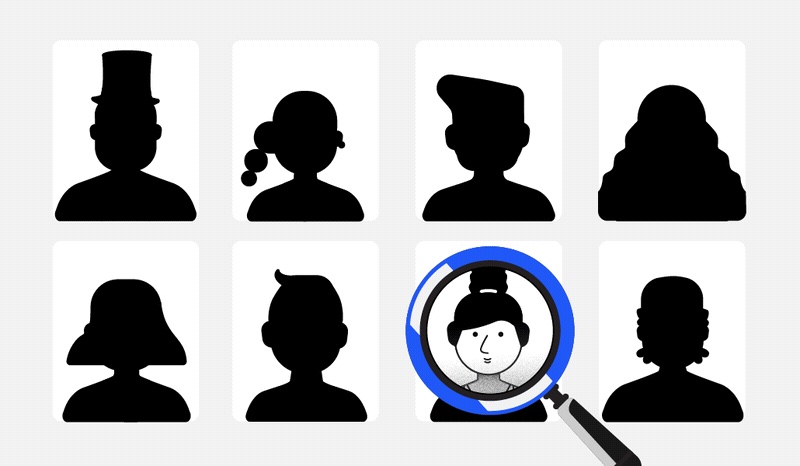WTF is MY-brid?

Hybrid working is very much the phrase du jour, with corporates and tiny independent businesses alike, all desperate to attract and retain their staff, rushing out their post-pandemic plans for workers, offering a combination of in-office and remote working.
With flexibility at its core, the hope is it will provide the best of both worlds. But too simplistic an approach is not, alas, a working nirvana, as hoards of leaders are discovering.
That’s led to another mutation of the term, as experts seek to reinforce that a successful hybrid strategy won’t be a one-size-fits-all, but will entail a far more personalized approach: enter “my-brid.”
So in a nutshell, WTF is my-brid?
My-brid is a term being used by some to describe what people are truly looking for when it comes to their work-life balance – a version of hybrid working that gives them the flexibility that suits them alone.
The term was coined by Vista, an e-commerce company that produces physical and digital marketing products for small and micro businesses, and parent company Cimpress. Boston-based Paul McKinlay, the organization’s vp of communications and remote working, is something of a wizard at conjuring up catchy zeitgeist words. For instance, his term “shybrid” – aimed at companies prevaricating with non-committal working policies – gained traction recently. But buzzwords aside, my-brid refers to a deeper issue that organizations have when setting hybrid models – figuring out what level of flexibility each employee desires. And that’s going to take time. But those employers who do take the extra time, will retain talent longer, workplace experts believe.
“My-brid means giving team members true autonomy to choose how and where they work best in a hybrid remote model, rather than those things being dictated to them by corporate dinosaurs who seem oblivious to the comet that is remote work heading their way,” said McKinlay.
Cimpress and Vista shifted from being remote averse, before the pandemic, to remote-first in August 2020. Now it is pushing forward with its my-brid strategy. “[That means] work when and where you work best and prioritize work-life harmony at all times,” added McKinlay.
So it’s about the personalization of hybrid working?
Yes, in essence. It’s not enough to offer flexibility and, for example, insist that employees head to the office two days a week and work 9-to-5ish. “Right now, we’re seeing a lot of employers adopt hybrid working models that purportedly offer flexibility for team members who can do their jobs 100% remotely. But these models often actually require them to be in an office on certain days or for a specific number of days per week,” said McKinlay.
There has been a “backlash” from teams, as some resent compromising on the flexibility they have become used to since the start of the pandemic, he claimed. In many cases, employees have returned to the office on set days, as required, but have been left baffled as to why the rest of their colleagues aren’t in on the same days. The result: they sit on Zoom calls or other desk-based tasks they could have done faster if they hadn’t lost time commuting. That has led to frustrations, particularly at a time of soaring travel and food costs.
What has been the reaction to the concept of my-brid working?
Organizations are coming to realize that something like my-brid working makes perfect sense. Even if they don’t call it “my-brid,” the move toward personalized flexibility and autonomy is clear.
Glen Hicks, founder of various businesses including tech consultancy TecZen Digital, based in New Brunswick, Canada, is a big advocate for the work-anywhere trend. “My-brid – absolutely brilliant. A significant organizational culture shift among leaders and managers is needed to focus on the ‘why,’ ‘what’, and ‘who’ of work. Not the ‘how,’ ‘where,’ and ‘when,’” he said.
The philosophy that work is not about where people are physically located, but how effective they are in achieving the right outcomes, is one workplace experts continue to advocate. Susan Stick, svp of people and general counsel at note-taking app Evernote, agrees that the most successful workplace models will have put this ethos front and center of any strategy. “Trust and support your people, and they’ll do great things,” she added.
What tips will help businesses achieve my-brid?
As with most things in life, communication is paramount. And as we move away from command-and-control-style management, a famous saying attributed to the stoic Greek philosopher Epictetus comes to mind. “We have two ears and one mouth so that we can listen twice as much as we speak,” he supposedly said.
McKinlay stresses the importance of listening to team members about what they want from their work experience. “Every person will have different preferences as to how and where they like to work, and these will change throughout their working life,” he said. “Organizations need to listen to these preferences and ensure, where possible, they’re accommodating them.”
And this active listening produces a win-win result. “My-brid is the future because increasingly organizations will need to offer this level of flexibility to attract and retain the best people,” McKinlay concluded, adding: “It leads to loyalty, engagement, productivity and ultimately better business results.”
